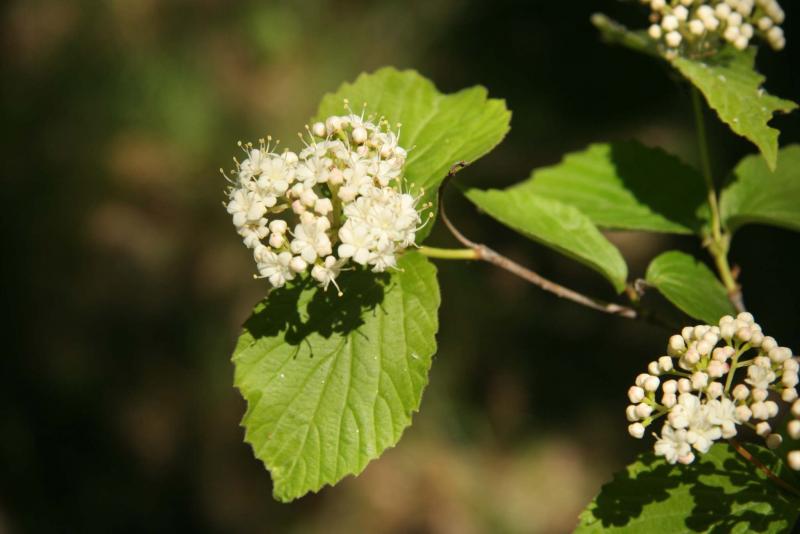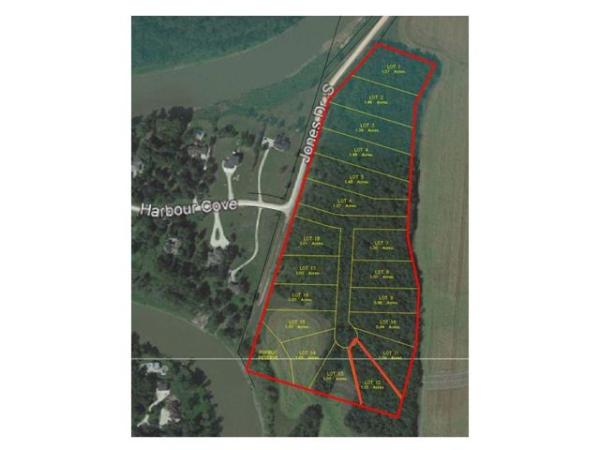In this column, I will talk about four shrubs. Choice planting stock invariably gets sold early in the planting season, which results in purchasers finding that they cannot find the shrubs they want. In most cases, spring is a better time to get the selection you want than the fall. Plant quality can be a significant issue if you wait too long in the season to make a purchase.
You may find it is difficult to impossible to find some of these plants in local garden centres or commercial nurseries, but I encourage you to call around. You can always ask if they would bring in the plant for you, especially if you provide a security deposit.
Downy arrowwood (Viburnum rafinesquianum)
Our native arrowwood is virtually impossible to find and propagating it from seed is an art form for the patient gardener, but the introduced species (V. dentatum) is often available with some searching. It looks very similar to its native cousin. It is still an interesting shrub to have, especially in slightly shaded areas of the garden. The native downy occurs in woodlands in southern Manitoba. The leaves do have the shape of arrow heads. The mature berries turn a dark purple-black colour. Ideal for attracting birds.
Chokeberry (Aronia melanocarpa)
This is a difficult shrub to find in commercial garden centres, but its delicate flowers in the spring are worth having in a sunny or shady area of the garden. It is a highly versatile plant. Its fruit is a dark purple berry, which is attractive for many song birds. The leaves will turn a wine-red colour in fall. The plant can be grown in masses if you have the space for it. Be sure not to confuse this shrub with the very common choke cherry.
European snowball cranberry bush (Viburnum opulus ‘Roseum’)
This is an incredibly beautiful shrub when it is properly planted on well-prepared loamy soils. It can grow to a large size when properly supported. The white ball-like flower clusters obviously inspired its common name. This plant grows poorly on nutrient-poor, clay-dominated soils. It requires full sunlight throughout the day to produce its best showy flowers. Viburnum cranberry shrubs do not like to be crowded with other species of shrubs or even other viburnums as, from my experience, it will be susceptible to infestation from cranberry erineum gall mites. Feeding from these gall mites produces a red velvet texture on the leaves. Leaves are three-lobed and look like maple leaves. The flowers are complex, forming a pin-wheel like structure. The larger outer flowers are sterile and, unlike many other opulus cranberry plants, they do not produce fruit.
Pagoda Dogwood (Cornus alternifolia)
Pagoda dogwood has to be one of my favourite small trees. This plant is a cultivated variety of our native alternate leaf dogwood, which grows in southeastern Manitoba. This is the only dogwood shrub growing in Manitoba that does not have its twigs and branches arranged opposite to one another. As its name indicates, twigs bearing leaves and flowers are arranged in an alternating pattern. Clients who have this plant say that in the winter the alternating twigs and branches give this large shrub a staghorn appearance.
viburnumtrees@shaw.ca




